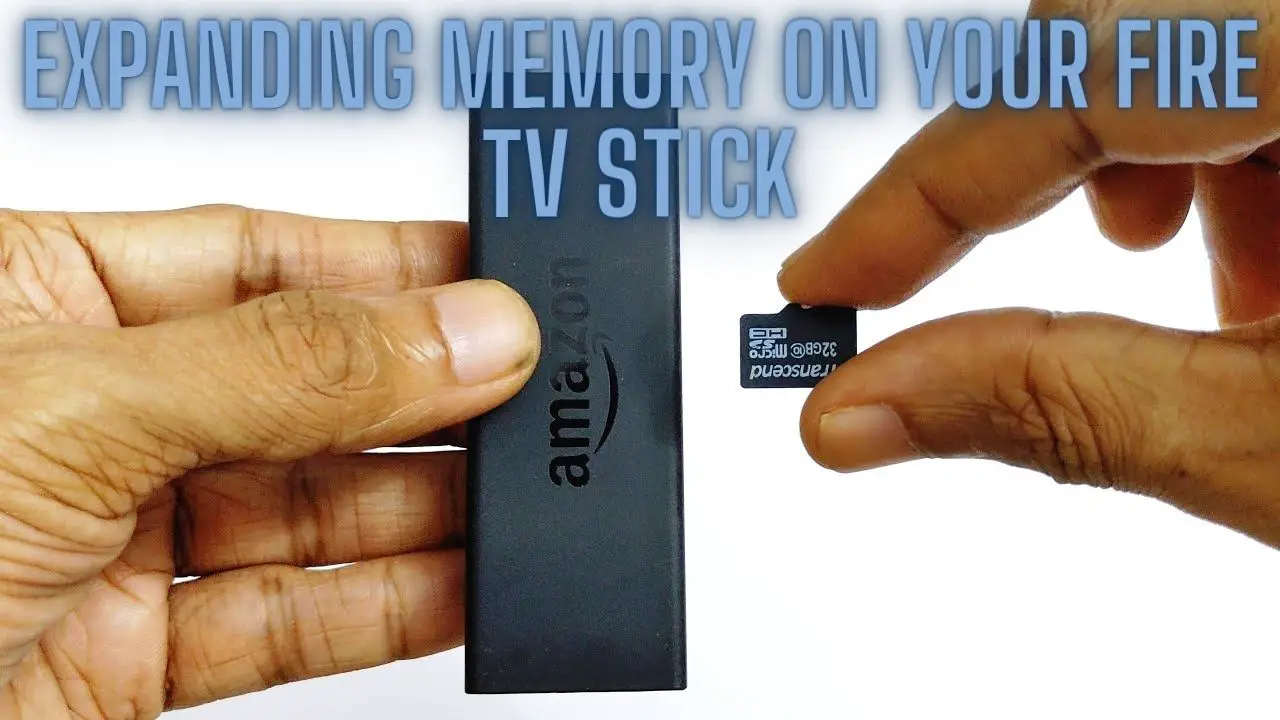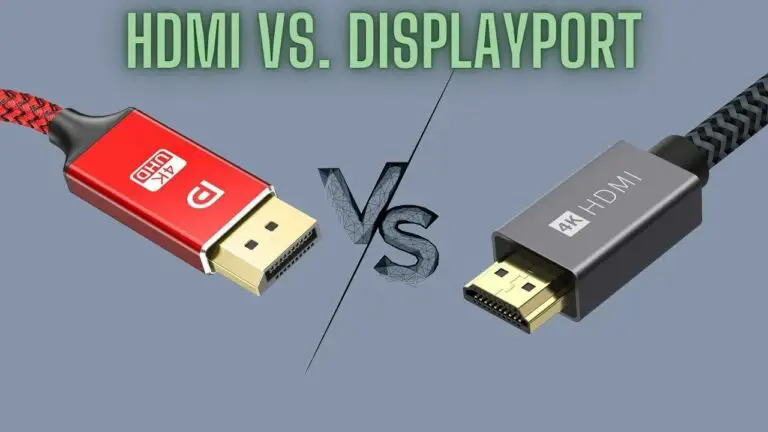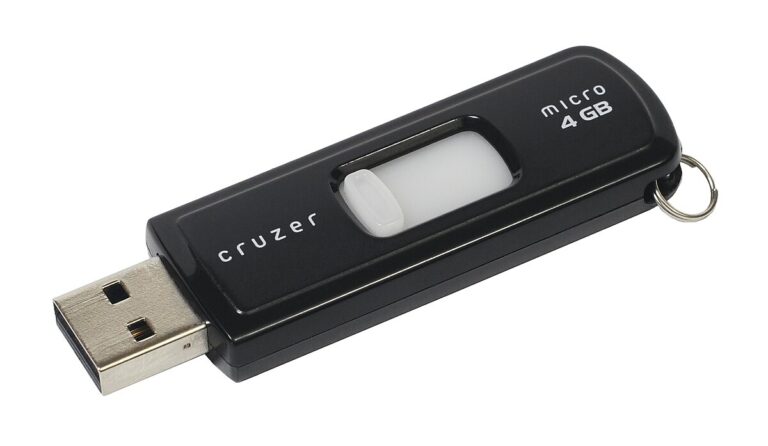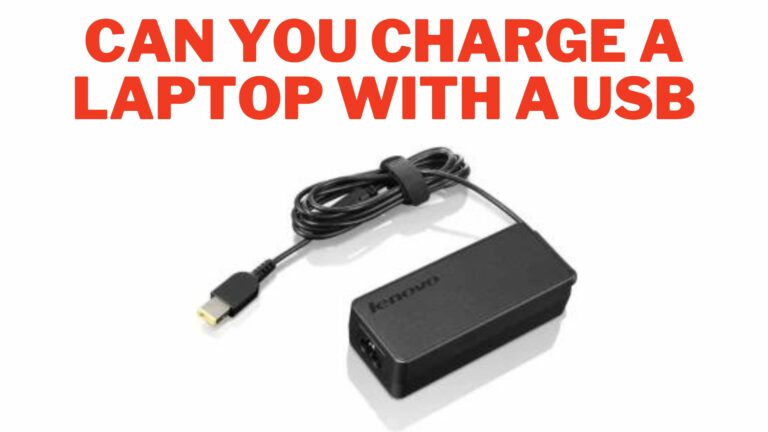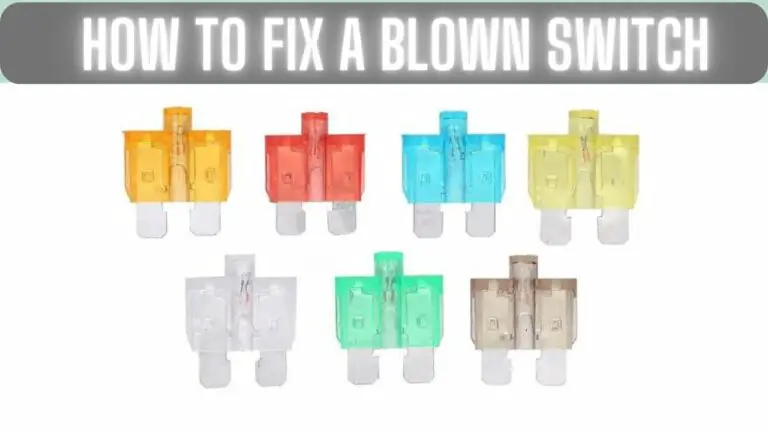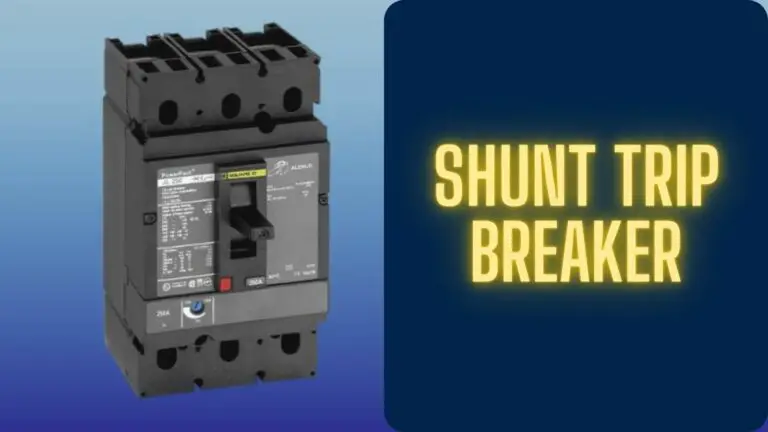Expanding Memory on Your Fire TV Stick
Introduction
Expanding the memory on your Fire TV Stick can significantly enhance your streaming experience by allowing you to install more apps, download additional content, and store media files. This guide will walk you through the process of expanding the storage capacity of your Fire TV Stick, providing you with the information and steps needed to effectively manage and utilize external storage devices. Whether you’re looking to install more apps, store media files, or simply optimize the performance of your Fire TV Stick, this guide will help you make the most out of your device.
Understanding Fire TV Stick Storage
The Fire TV Stick comes with built-in storage, typically ranging from 8 to 32 GB, depending on the model. This internal storage is primarily used for system files, apps, and temporary data storage. However, due to the limited internal storage capacity, users may encounter issues when attempting to install large apps, download extensive media content, or run multiple applications simultaneously.
To address these limitations and enhance the storage capacity of your Fire TV Stick, you can expand the memory using external storage devices such as USB flash drives or microSD cards. By connecting external storage to your Fire TV Stick, you can effectively increase the available storage space, allowing you to install more apps, download additional content, and store media files without experiencing performance issues or running out of storage.
Understanding how to manage and utilize external storage options effectively is essential for optimizing the performance and functionality of your Fire TV Stick. In the following sections, we will explore the various external storage options available, compatible devices and accessories, and the process of connecting and formatting external storage for use with your Fire TV Stick.
External Storage Options
When it comes to expanding the storage capacity of your Fire TV Stick, you have several external storage options to choose from. These options include:
- USB Flash Drive:
- USB flash drives are portable storage devices that connect to the Fire TV Stick’s USB port. They are available in various capacities, ranging from a few gigabytes to several terabytes.
- USB flash drives are convenient for expanding storage and can be easily plugged into the Fire TV Stick’s USB port without the need for additional cables or adapters.
- Ensure that the USB flash drive is compatible with the Fire TV Stick and meets the required specifications for optimal performance.
- MicroSD Card:
- MicroSD cards are small, removable memory cards that can be inserted into the Fire TV Stick’s microSD card slot, if available.
- MicroSD cards are available in different capacities, ranging from a few gigabytes to hundreds of gigabytes.
- They provide a convenient way to expand storage without the need for external cables or adapters, making them ideal for users who prefer a sleek and compact setup.
- External Hard Drive:
- External hard drives are larger storage devices that connect to the Fire TV Stick’s USB port. They offer higher storage capacities compared to USB flash drives and microSD cards.
- External hard drives are available in various form factors, including portable, desktop, and network-attached storage (NAS) drives.
- They provide ample storage space for storing large media libraries, installing multiple apps, and downloading extensive content.
- Network-Attached Storage (NAS):
- Network-attached storage (NAS) devices are networked storage solutions that connect to your home network via Ethernet or Wi-Fi.
- NAS devices offer centralized storage and can be accessed by multiple devices, including the Fire TV Stick, over the network.
- They are ideal for users who require large storage capacities, advanced data management features, and seamless integration with other networked devices.
- Cloud Storage:
- Cloud storage services such as Amazon Drive, Dropbox, and Google Drive offer remote storage solutions that can be accessed from the Fire TV Stick.
- Users can upload, store, and access their files, photos, videos, and documents from anywhere with an internet connection.
- Cloud storage provides a convenient way to expand storage without the need for physical storage devices, but it may require a subscription fee for additional storage space.
Consider your storage needs, budget, and preferences when choosing the external storage option that best suits your requirements. Each option has its advantages and limitations, so it’s essential to weigh the pros and cons before making a decision.
Compatible Devices and Accessories
When expanding the storage capacity of your Fire TV Stick, it’s important to ensure compatibility with external storage devices and accessories. Here are some compatible devices and accessories you can use:
- USB Flash Drives:
- Look for USB flash drives that are compatible with the Fire TV Stick’s USB port. Ensure that the USB flash drive meets the required specifications and has sufficient storage capacity for your needs.
- Consider factors such as storage capacity, read/write speed, and form factor when choosing a USB flash drive for use with your Fire TV Stick.
- MicroSD Cards:
- If your Fire TV Stick has a microSD card slot, you can use microSD cards to expand storage capacity.
- Ensure that the microSD card is compatible with the Fire TV Stick’s microSD card slot and meets the required specifications. Look for microSD cards with sufficient storage capacity and fast read/write speeds for optimal performance.
- External Hard Drives:
- When using external hard drives with your Fire TV Stick, ensure compatibility with the device’s USB port.
- Look for external hard drives that support USB 2.0 or USB 3.0 connectivity and have sufficient storage capacity for your needs.
- Consider factors such as form factor (portable or desktop), storage capacity, and compatibility with the Fire TV Stick when choosing an external hard drive.
- Network-Attached Storage (NAS) Devices:
- NAS devices provide centralized storage solutions that can be accessed by multiple devices, including the Fire TV Stick, over the network.
- Ensure compatibility with the Fire TV Stick and your home network infrastructure when choosing a NAS device.
- Look for NAS devices with sufficient storage capacity, support for media streaming protocols (e.g., DLNA, Plex), and advanced data management features.
- Cloud Storage Services:
- Cloud storage services such as Amazon Drive, Dropbox, and Google Drive offer remote storage solutions that can be accessed from the Fire TV Stick.
- Ensure compatibility with the Fire TV Stick’s software and apps when using cloud storage services.
- Consider factors such as storage capacity, pricing plans, and integration with the Fire TV Stick ecosystem when choosing a cloud storage service.
Before purchasing external storage devices or accessories, verify compatibility with your Fire TV Stick model and ensure that the devices meet the required specifications for optimal performance. Additionally, consider factors such as storage capacity, speed, and convenience when choosing the right storage solution for your needs.
Connecting External Storage
Connecting external storage to your Fire TV Stick is a straightforward process. Here’s how you can do it:
- Prepare Your External Storage Device:
- Ensure that your external storage device (USB flash drive, microSD card, or external hard drive) is compatible with your Fire TV Stick and meets the required specifications.
- If you’re using a USB flash drive or external hard drive, format it to a compatible file system (such as FAT32 or exFAT) if it’s not already formatted.
- Locate the USB Port or microSD Card Slot:
- Depending on your Fire TV Stick model, locate the USB port or microSD card slot on the device.
- If you’re using a USB flash drive or external hard drive, plug it into the USB port on your Fire TV Stick.
- If you’re using a microSD card, insert it into the microSD card slot on your Fire TV Stick, if available.
- Wait for Recognition:
- Once connected, wait for your Fire TV Stick to recognize the external storage device.
- You may see a notification on the screen indicating that the device has been detected and is ready to use.
- Access External Storage:
- Open the settings menu on your Fire TV Stick by navigating to the top menu and selecting “Settings.”
- Navigate to the “My Fire TV” or “Device” option, depending on your Fire TV Stick model.
- Select “Storage” or “External Storage” to access the external storage device.
- You should see the connected external storage device listed here, along with its available storage capacity.
- Use External Storage:
- Once connected, you can start using the external storage device to install apps, download content, and store media files.
- When installing apps, downloading content, or saving files, you’ll be prompted to choose the location where you want to store them. Select the external storage device as the destination.
- Safely Remove External Storage:
- When you’re done using the external storage device, safely eject it from your Fire TV Stick to avoid data corruption.
- To eject a USB flash drive or external hard drive, navigate to the storage settings menu, select the device, and choose the “Eject” option.
- To remove a microSD card, gently push it in until you hear a click, then release it to eject it from the slot.
By following these steps, you can easily connect external storage to your Fire TV Stick and start expanding its storage capacity to enhance your streaming experience. Ensure that you use compatible external storage devices and follow proper procedures for connecting and ejecting them to avoid any issues.
Formatting External Storage
Formatting external storage for use with your Fire TV Stick may be necessary to ensure compatibility and optimal performance. Here’s how you can format external storage:
- Access Settings Menu:
- Navigate to the settings menu on your Fire TV Stick by selecting the “Settings” option from the top menu.
- Select Device or My Fire TV:
- Depending on your Fire TV Stick model, choose either the “Device” or “My Fire TV” option from the settings menu.
- Access Storage Settings:
- Within the Device or My Fire TV menu, locate and select the “Storage” option. This will display information about the internal and external storage devices connected to your Fire TV Stick.
- Choose External Storage Device:
- Select the external storage device that you want to format from the list of connected storage devices. This could be a USB flash drive, microSD card, or external hard drive.
- Format External Storage:
- Once you’ve selected the external storage device, you should see an option to format it. Choose the format option, and you may be prompted to confirm your selection.
- Confirm Formatting:
- Confirm that you want to format the external storage device. Be aware that formatting will erase all data on the device, so ensure that you’ve backed up any important files before proceeding.
- Wait for Formatting to Complete:
- The Fire TV Stick will begin formatting the external storage device. This process may take a few minutes, depending on the size and type of the storage device.
- Completion Message:
- Once formatting is complete, you should see a confirmation message indicating that the external storage device has been formatted successfully.
- Use Formatted Storage:
- After formatting is complete, you can start using the external storage device with your Fire TV Stick. You can install apps, download content, and store media files on the formatted storage device.
By following these steps, you can format external storage for use with your Fire TV Stick. Formatting ensures compatibility and prepares the storage device for use with the Fire TV Stick, allowing you to expand its storage capacity and enhance your streaming experience. Remember to back up any important data before formatting to avoid data loss.
Managing Storage on Fire TV Stick
Managing storage on your Fire TV Stick is essential for ensuring optimal performance and maximizing available space for apps, games, and media content. Here are some tips for managing storage on your Fire TV Stick:
- View Storage Usage:
- Navigate to the settings menu on your Fire TV Stick and select the “Device” or “My Fire TV” option.
- Choose the “Storage” option to view storage usage details, including the amount of space used and available on both internal and external storage devices.
- Clear Cache:
- Clearing the cache regularly can help free up storage space on your Fire TV Stick. Navigate to the settings menu, select “Applications,” then choose “Manage Installed Applications.”
- Select an app, then choose the “Clear cache” option to remove temporary files and free up storage space.
- Uninstall Unused Apps:
- Uninstalling unused or unnecessary apps can help free up storage space on your Fire TV Stick. Navigate to the settings menu, select “Applications,” then choose “Manage Installed Applications.”
- Select an app, then choose the “Uninstall” option to remove it from your device.
- Move Apps to External Storage:
- If your Fire TV Stick supports external storage, you can move apps to the external storage device to free up space on the internal storage.
- Navigate to the settings menu, select “Applications,” then choose “Manage Installed Applications.”
- Select an app, then choose the “Move to External Storage” option if available.
- Delete Unused Media Files:
- Delete any unused or unnecessary media files, such as videos, music, or photos, to free up storage space on your Fire TV Stick.
- Use the file manager app or a compatible media player app to locate and delete unwanted files from both internal and external storage devices.
- Regularly Monitor Storage Usage:
- Regularly check storage usage on your Fire TV Stick and take action to free up space as needed.
- Delete unnecessary files, uninstall unused apps, and move apps to external storage to optimize storage usage and ensure smooth performance.
- Use Cloud Storage Services:
- Consider using cloud storage services to offload media files and documents from your Fire TV Stick.
- Upload files to cloud storage services such as Amazon Drive, Dropbox, or Google Drive, and access them from your Fire TV Stick when needed.
By following these tips, you can effectively manage storage on your Fire TV Stick, optimize performance, and ensure that you have enough space for apps, games, and media content. Regularly monitoring storage usage and taking proactive steps to free up space will help maintain smooth operation and enhance your streaming experience.
Moving Apps and Data to External Storage
Moving apps and data to external storage on your Fire TV Stick can help free up space on the internal storage and optimize performance. Here’s how you can do it:
- Navigate to Settings:
- From the home screen of your Fire TV Stick, scroll to the top menu and select “Settings.”
- Access Applications:
- In the Settings menu, select “Applications.”
- Manage Installed Applications:
- Choose “Manage Installed Applications” to view a list of all installed apps on your Fire TV Stick.
- Select App to Move:
- Scroll through the list of installed apps and select the app you want to move to external storage.
- Check App Details:
- In the app details screen, you’ll see various options related to the selected app.
- Choose Move to External Storage:
- If the option is available, you’ll see an option like “Move to External Storage” or “Move to USB Storage.” Select this option to initiate the move.
- Confirm Move:
- A confirmation prompt will appear asking if you want to move the app and its data to external storage. Select “Move” to proceed.
- Wait for Move to Complete:
- The Fire TV Stick will begin moving the app and its data to the external storage device. Depending on the size of the app and the speed of the storage device, this process may take some time.
- Verify Move:
- Once the move is complete, you’ll see a confirmation message indicating that the app has been moved to external storage.
- Repeat for Other Apps:
- Repeat the process for any other apps you want to move to external storage. Keep in mind that not all apps can be moved, as some may require specific system permissions to function properly.
By moving apps and data to external storage, you can free up space on the internal storage of your Fire TV Stick and improve overall performance. This is especially useful if you frequently install large apps or games, as it can help prevent your device from running out of storage space.
Troubleshooting Storage Expansion Issues
If you encounter any issues while expanding storage on your Fire TV Stick, here are some troubleshooting steps you can follow:
- Ensure Compatibility:
- Make sure that the external storage device you’re using is compatible with your Fire TV Stick. Check the device’s specifications and compatibility requirements.
- Check Connections:
- Ensure that the external storage device is properly connected to your Fire TV Stick. Check the USB or microSD connection to ensure it’s secure.
- Restart Fire TV Stick:
- Try restarting your Fire TV Stick to refresh the system. Unplug the power cable from the device, wait for a few seconds, and then plug it back in.
- Update Firmware:
- Check for any available firmware updates for your Fire TV Stick. Go to Settings > My Fire TV > About > Check for System Update.
- Format External Storage:
- If the external storage device is not recognized, try formatting it using a computer to ensure compatibility. Make sure to back up any important data before formatting.
- Verify Storage Settings:
- Check the storage settings on your Fire TV Stick to ensure that the external storage device is detected and configured correctly. Go to Settings > My Fire TV > Storage to view storage settings.
- Try Another Port/Slot:
- If you’re using a USB flash drive or external hard drive, try connecting it to a different USB port on your Fire TV Stick. If you’re using a microSD card, try inserting it into a different slot (if available).
- Use Different Device:
- If possible, try using a different external storage device to see if the issue persists. This will help determine if the problem is with the device itself or the Fire TV Stick.
- Reset Fire TV Stick:
- As a last resort, you can perform a factory reset on your Fire TV Stick to restore it to its original settings. Go to Settings > My Fire TV > Reset to Factory Defaults. Note that this will erase all data on the device, so make sure to back up any important files beforehand.
- Contact Support:
- If none of the above steps resolve the issue, consider contacting Amazon customer support for further assistance. They may be able to provide additional troubleshooting steps or offer a replacement device if necessary.
By following these troubleshooting steps, you can resolve storage expansion issues on your Fire TV Stick and ensure that your external storage device is recognized and functioning correctly.
Tips for Maximizing Storage Efficiency
To maximize storage efficiency on your Fire TV Stick and ensure smooth operation, consider implementing the following tips:
- Regularly Monitor Storage Usage:
- Keep an eye on your Fire TV Stick’s storage usage by navigating to Settings > My Fire TV > Storage. This allows you to identify apps or files that are taking up too much space and take appropriate action.
- Clear Cache Regularly:
- Clear the cache of apps periodically to free up storage space. Navigate to Settings > Applications > Manage Installed Applications, select an app, and choose the “Clear cache” option.
- Uninstall Unused Apps:
- Remove apps that you no longer use to free up storage space. Navigate to Settings > Applications > Manage Installed Applications, select an app, and choose the “Uninstall” option.
- Move Apps to External Storage:
- If your Fire TV Stick supports external storage, move apps and data to external storage to free up internal storage space. Go to Settings > Applications > Manage Installed Applications, select an app, and choose the “Move to External Storage” option if available.
- Delete Unnecessary Files:
- Regularly delete unnecessary files, such as downloaded videos, music, or photos, to free up storage space. Use the file manager app or a compatible media player app to locate and delete unwanted files.
- Optimize Streaming Quality:
- Adjust streaming settings to optimize video quality and reduce the amount of data stored locally. Choose lower resolution settings or enable streaming optimizations in streaming apps to conserve storage space.
- Use Cloud Storage Services:
- Utilize cloud storage services such as Amazon Drive, Dropbox, or Google Drive to offload files and documents from your Fire TV Stick. Upload files to cloud storage and access them from your device when needed.
- Limit Background Processes:
- Limit background processes and apps running in the background to conserve system resources and storage space. Close apps that are not in use to free up memory and improve performance.
- Regularly Update Firmware and Apps:
- Keep your Fire TV Stick’s firmware and apps up to date to ensure optimal performance and security. Check for firmware updates in Settings > My Fire TV > About > Check for System Update, and update apps from the Amazon Appstore.
- Optimize Storage Settings:
- Configure storage settings on your Fire TV Stick to optimize performance and storage efficiency. Adjust settings related to app installation, downloads, and storage management to suit your preferences and needs.
By following these tips, you can maximize storage efficiency on your Fire TV Stick and ensure that you have enough space for apps, games, and media content while maintaining smooth operation and optimal performance. Regularly monitor storage usage and take proactive steps to manage and optimize storage space to enhance your streaming experience.
FAQS
Why would I need to expand the memory on my Fire TV Stick?
Expanding the memory on your Fire TV Stick can be beneficial if you want to download and store more apps, games, or media content. The device comes with limited internal storage, and expanding it allows you to enjoy a wider variety of content without running out of space.
What types of storage expansion options are available for the Fire TV Stick?
The primary storage expansion options for the Fire TV Stick include using a microSD card or a USB drive. You can also consider cloud storage services or external media players to access content without worrying about storage limitations.
Can I use any microSD card or USB drive with my Fire TV Stick?
Not all microSD cards or USB drives are compatible with the Fire TV Stick. Amazon recommends Class 10 microSD cards for optimal performance. When using a USB drive, ensure that it’s formatted as FAT32 or exFAT for compatibility.
How do I move apps and data to expanded storage on my Fire TV Stick?
To move apps and data to expanded storage (microSD card or USB drive), follow these steps:
- Go to “Settings” on your Fire TV Stick.
- Select “Applications.”
- Choose “Manage Installed Applications.”
- Select the app you want to move.
- If the option is available, choose “Move to SD Card” (for microSD) or “Move to USB Storage” (for USB drive).
Can I use cloud storage services with my Fire TV Stick?
Yes, you can use cloud storage services like Amazon Drive, Dropbox, or Google Drive with your Fire TV Stick. However, you’ll need an internet connection to access your content from the cloud.
What is the advantage of using an external media player with the Fire TV Stick?
External media players like Plex or Kodi can stream content from your computer or network-attached storage (NAS) device to your Fire TV Stick. This allows you to access a wide range of media without worrying about the Fire TV Stick’s internal storage limitations.
Does the Fire TV Stick support 4K Ultra HD and HDR content?
Some models of the Fire TV Stick support 4K Ultra HD and High Dynamic Range (HDR) content. If you have a compatible 4K TV, you can enjoy higher resolution and improved picture quality with these models.
Are there any limitations to expanding the storage on the Fire TV Stick?
While expanding storage can be helpful, it’s important to note that not all apps and content can be moved to external storage. Some apps and system data will still occupy the device’s internal storage. Additionally, the amount of storage you can expand depends on the model of the Fire TV Stick you own. Always check your device’s compatibility and limitations.
Conclusion
Expanding the memory of your Fire TV Stick can significantly enhance your streaming and app experience. Whether you opt for a microSD card, USB drive, or cloud storage, it’s essential to choose the method that best suits your needs and budget. With additional storage capacity, you can download more apps, games, and media content, allowing you to make the most of your Fire TV Stick.

